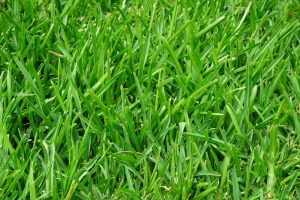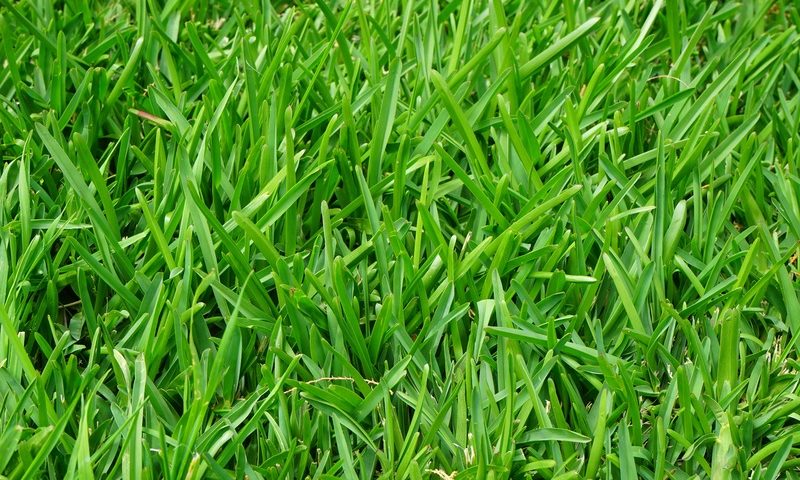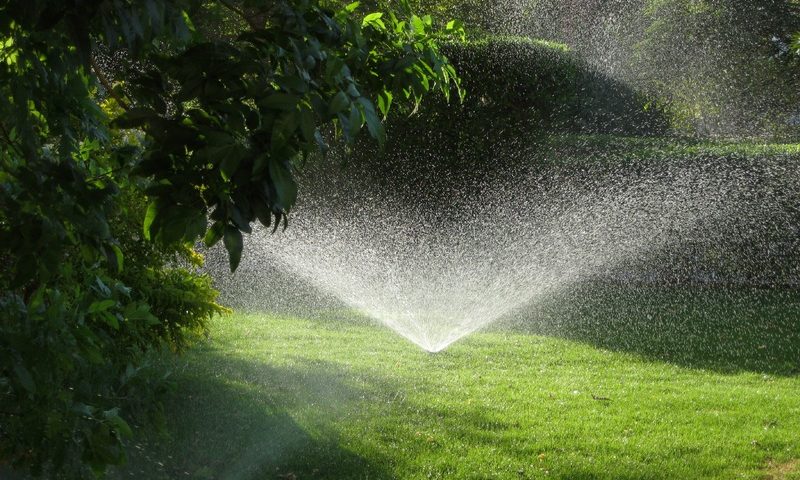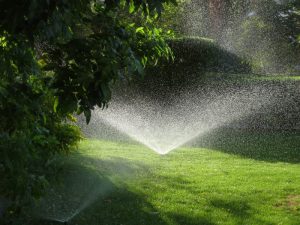
Do you ever wonder if you’re doing the right things to be environmentally friendly as you create your perfect outdoor space? It can be confusing to know which products and practices actually help, rather than harm, the environment. Working with a landscaping architect is a great first step if this is one of your goals. We can help you understand what steps are necessary to make your space as environmentally friendly as possible while still achieving your goals. Projects like building a retaining wall to help stop soil erosion or creating a rain garden make the most of native grasses can just as much of a benefit to the community at large as it can be to your outdoor space.
But it can be difficult to sift through the myriad products on the shelves—and without a degree in chemistry or horticulture, much of it can sound like word soup. This post aims to provide some basic starting information and remember: we’re always here to help, no matter what project you have in mind.
Easy Landscaping Steps to Help the Environment
One of the easiest things you can do if your goal is to benefit the environment is to leave grass clippings on your lawn after you mow. Why? Because clippings are basically green debris, which is another way of saying that it’s nature’s fertilizer. Grass clippings contain nitrogen—one of the main ingredients in chemical fertilizer. By leaving clippings on the ground rather than bagging and disposing of them, you let nature work in its own way to nourish your soil.
You can also choose to compost clippings rather than dispose of them. This is true of most lawn and garden debris. If you don’t compost at home, most communities provide where residents can bring lawn waste to be turned into either mulch or compost. In Olathe, for instance, there is a compost facility drop-off location. Just load up your bags of lawn waste and drop it off at the designated location. The city then turns that waste into either compost or mulch, both of which residents can pick up for free.
Keep Your Landscaping Native
Another easy way to be environmentally friendly is to choose native plants and grasses for your gardens. Native plants and grasses are simply those that flourish in our particular climate and soil conditions, which means they need less chemical help than non-native plants to flourish.
Native plants and grasses are important to rain gardens and to nurturing a home for birds, butterflies, and other beneficial insects. Learn more about native plants and grasses and how they benefit rain gardens (and how rain gardens can be part of your outdoor space) here.
Re-think Your Irrigation Systems
If you haven’t evaluated your irrigation systems for some time, you might be surprised at how options have evolved to be better for the environment and for your budget. Newer system options can decrease the amount of water used. It can also ensure that water is being used in the right spots and at the right time. A consultation with your local landscape architect can tell you if your system could benefit from an upgrade or a redesign.
Want to learn more? Reach out or visit us on Facebook!




